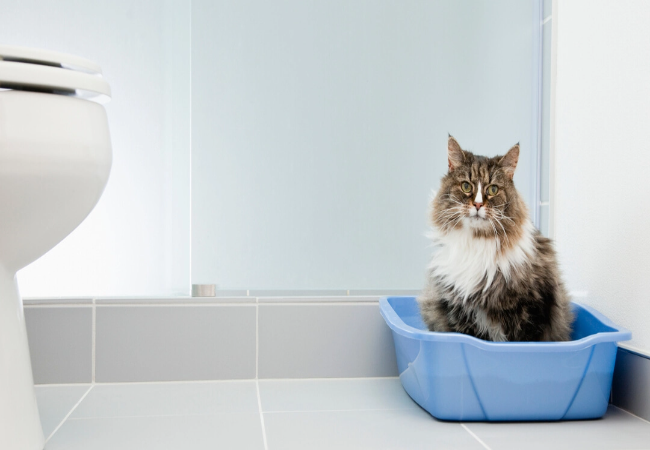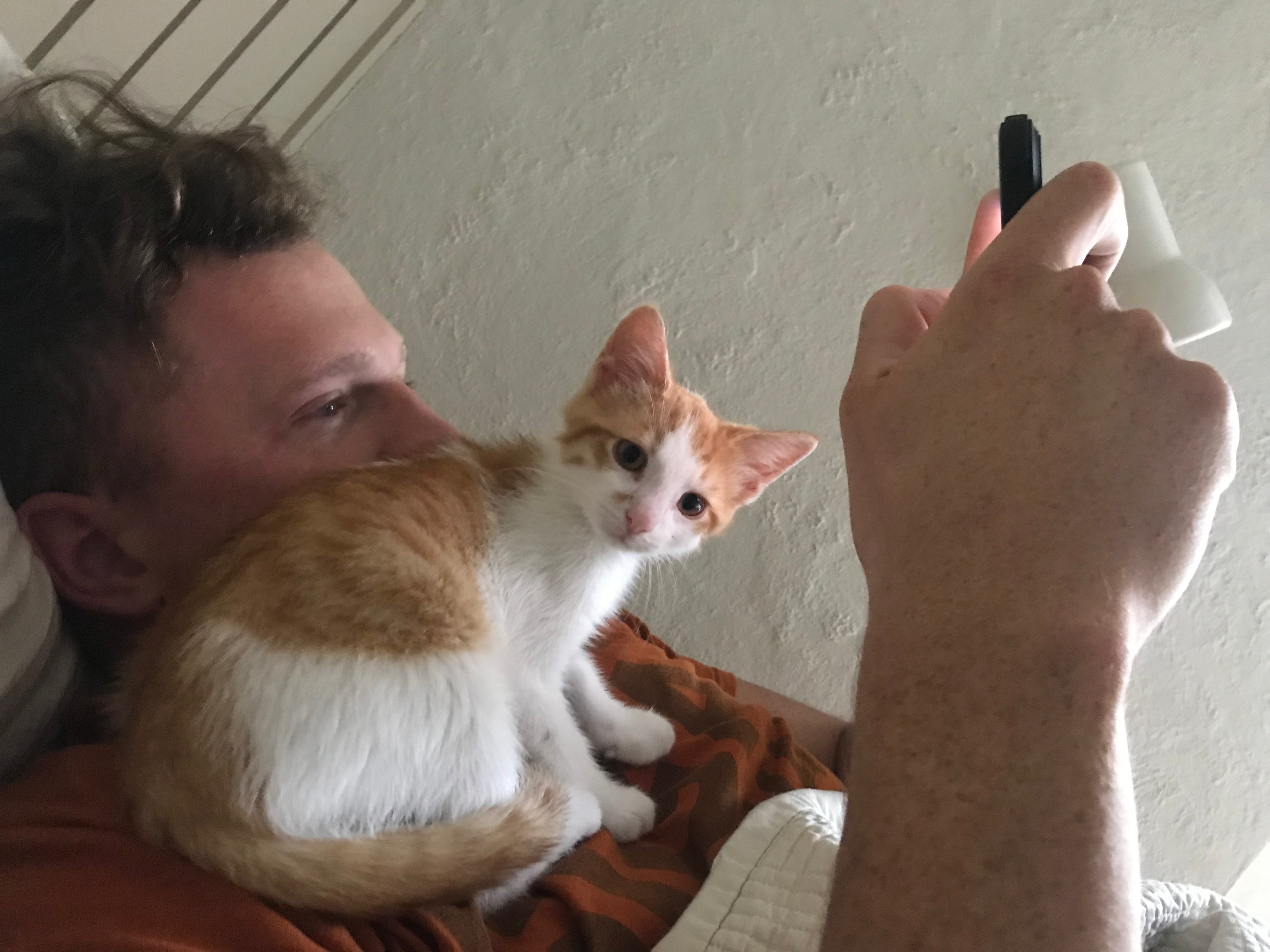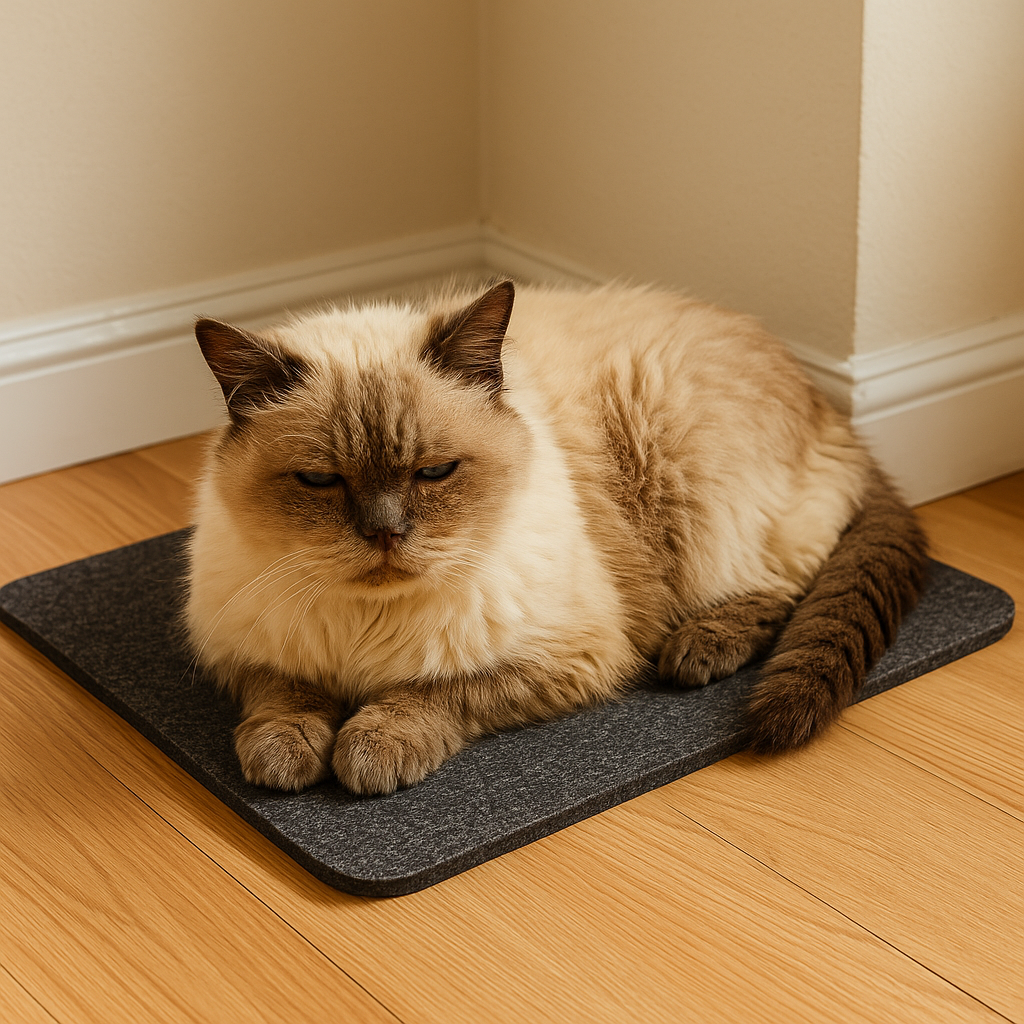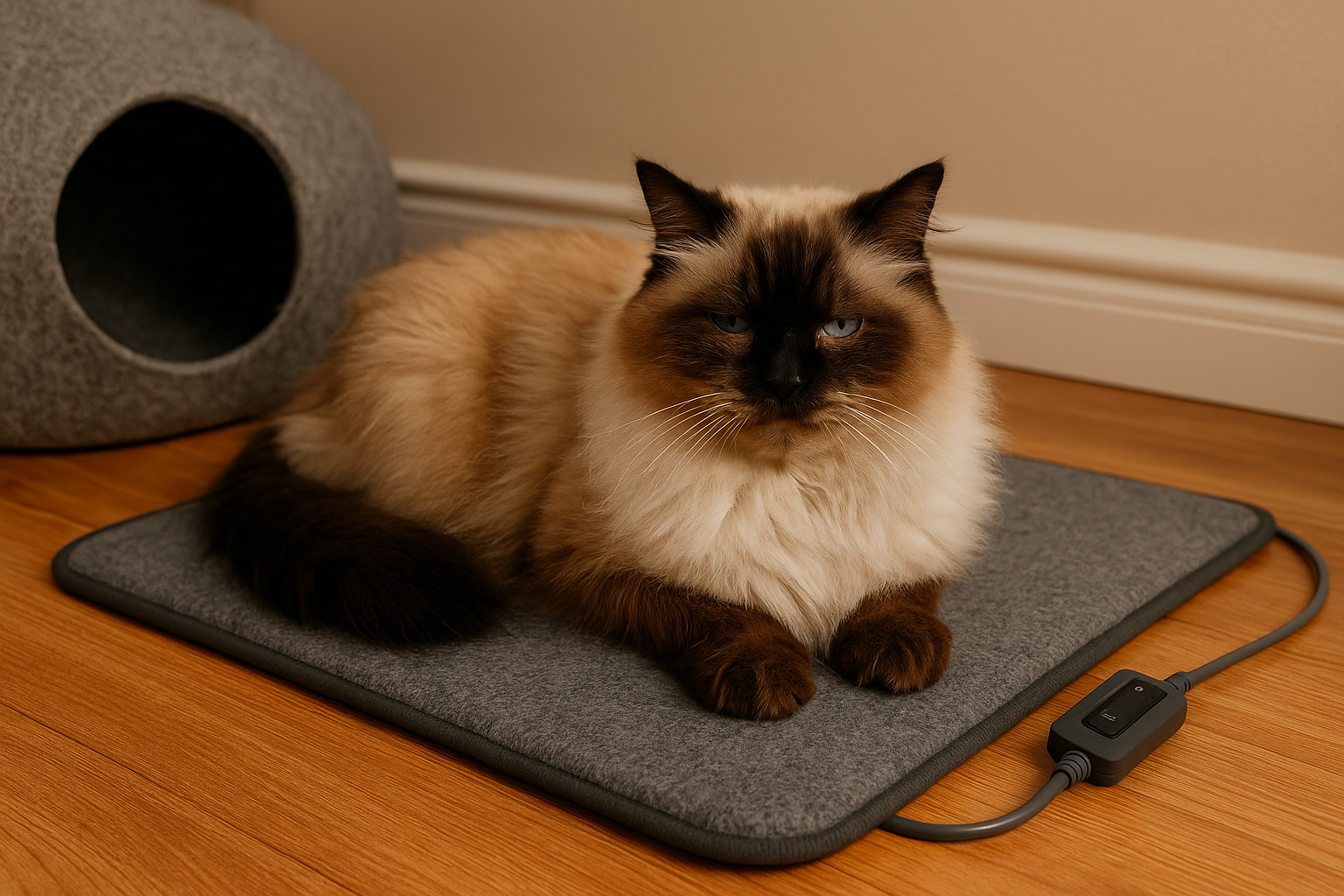Cat Toilet Training 2025: Step by Step Guide & Tips 🐱🚽

In this article
Cat Toilet Training 2025: Step by Step Guide & Tips 🐱🚽
By Dr. Duncan Houston BVSc
Cats are smart, agile, and independent creatures. With patience, dedication, and positive reinforcement, they can learn new skills and habits—including the unusual, yet entirely possible, skill of using a human toilet instead of a litter box.
While this may seem challenging, many cat owners have successfully made the transition, making life cleaner, more cost-effective, and environmentally friendly.
Why Train Your Cat to Use the Toilet?
There are several compelling reasons to consider toilet training:
-
Cost Savings 💰 – No more spending money on cat litter, which can add up over time.
-
Cleanliness 🧼 – Eliminates the daily chore of scooping litter and reduces unpleasant odors.
-
Environmentally Friendly 🌎 – Reduces the amount of waste from discarded litter, especially non-biodegradable types.
⚠️ Note: Toilet training isn’t suitable for every cat. Older cats, cats with mobility issues, or particularly anxious cats may struggle with this change. Patience and consistency are essential.
Tools for Toilet Training Your Cat
A specially designed cat toilet training kit is the key to success. Popular options include:
-
Litter Kwitter
-
CitiKitty
These kits use a series of rings that fit on your toilet seat. They gradually introduce your cat to the toilet by:
-
Starting with a solid ring (like a mini litter box on the toilet)
-
Progressively enlarging the hole until your cat is comfortable balancing on the seat and eliminating directly into the toilet
Step-by-Step Guide to Toilet Training
Step 1: Introduction 🐾
-
Place the training seat on the floor near the litter box.
-
Fill it with cat-safe litter so your cat can get used to the new setup.
-
Allow your cat to explore and use it for at least a week before moving forward.
Step 2: Transition to the Toilet 🚽
-
Move the training seat onto the toilet.
-
Ensure it fits securely and is stable.
-
Reward your cat with treats or praise each time they use it successfully.
-
Allow your cat time to adjust to the height and movement of the toilet.
Step 3: Gradual Changes 🔄
-
Begin with the smallest hole in the kit.
-
Gradually increase the hole size as your cat becomes more confident.
-
Each stage may take a week or more.
-
If your cat resists, return to the previous step until they are comfortable.
Step 4: Final Transition ✅
-
Once your cat is comfortable using the largest ring, remove the training kit completely.
-
Your cat should now be able to use the toilet independently.
Important Considerations ⚠️
-
Instinct to Bury Waste 🪨 – Cats naturally bury their waste. Some may resist toilet training because they cannot fulfill this instinct.
-
Access on Multiple Floors 🏠 – If you have a multi-story home, make toilets available on every floor your cat frequents.
-
Safety First 🐾 – Cats may slip or fall, especially during training. Always keep the toilet lid up and the seat down.
-
Patience is Key ⏳ – Some cats learn quickly, while others may take weeks or months. Do not rush or punish mistakes.
Troubleshooting Common Issues
-
Cat Avoids Toilet: Return to the previous step, provide extra positive reinforcement, and ensure the seat is stable.
-
Accidents on the Floor: Ensure litter box access during the transition phase; some cats may revert temporarily.
-
Fear of Toilet Height: Use a stable stool or ramp to help your cat climb comfortably.
Additional Tips for Success
-
Use Treats and Praise 🍬 – Reward your cat every time they approach or use the toilet.
-
Keep the Environment Calm 🧘♀️ – Avoid loud noises or sudden movements during training.
-
Monitor Behavior 👀 – Some cats may develop anxiety if forced; go at your cat’s pace.
-
Combine With Enrichment 🎾 – Keep your cat mentally stimulated with toys and climbing areas to reduce stress.
Pros and Cons of Toilet Training
Pros ✅
-
Saves money on litter
-
Reduces cleaning chores and odor
-
Eco-friendly
Cons ❌
-
Some cats never fully adapt
-
Cannot bury waste
-
Potential risk of accidents or stress
Final Thoughts
Toilet training your cat can be a rewarding endeavor for both you and your feline friend. It requires patience, consistency, and a supportive environment, but the benefits in terms of cleanliness, convenience, and environmental impact are substantial.
Remember, every cat is unique. If your cat resists the process or seems stressed, it’s okay to revert to a traditional litter box. The ultimate goal is a happy, healthy, and stress-free cat. 🐱💖








